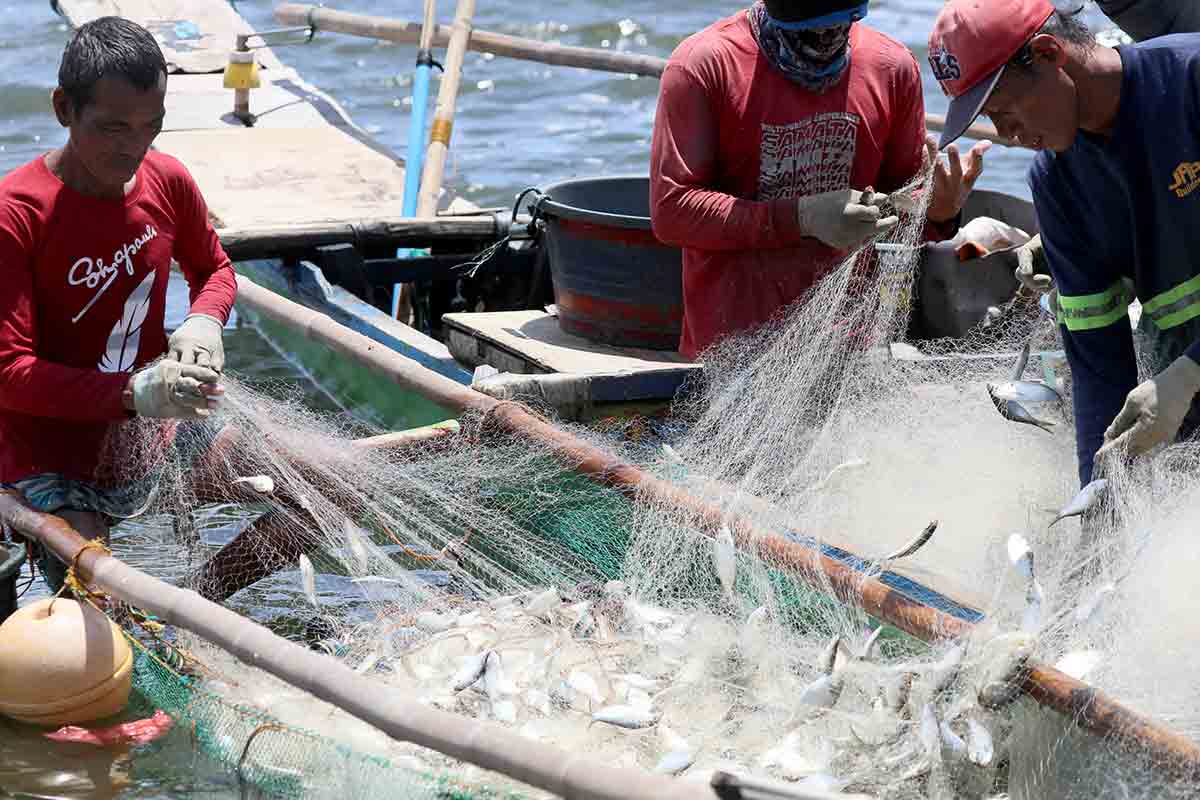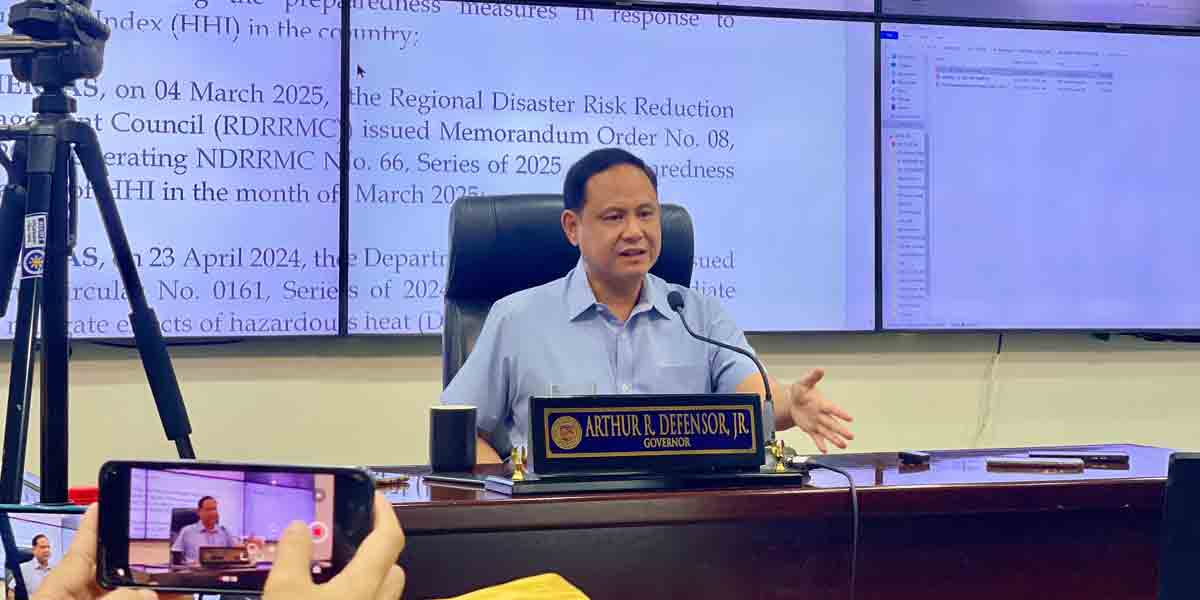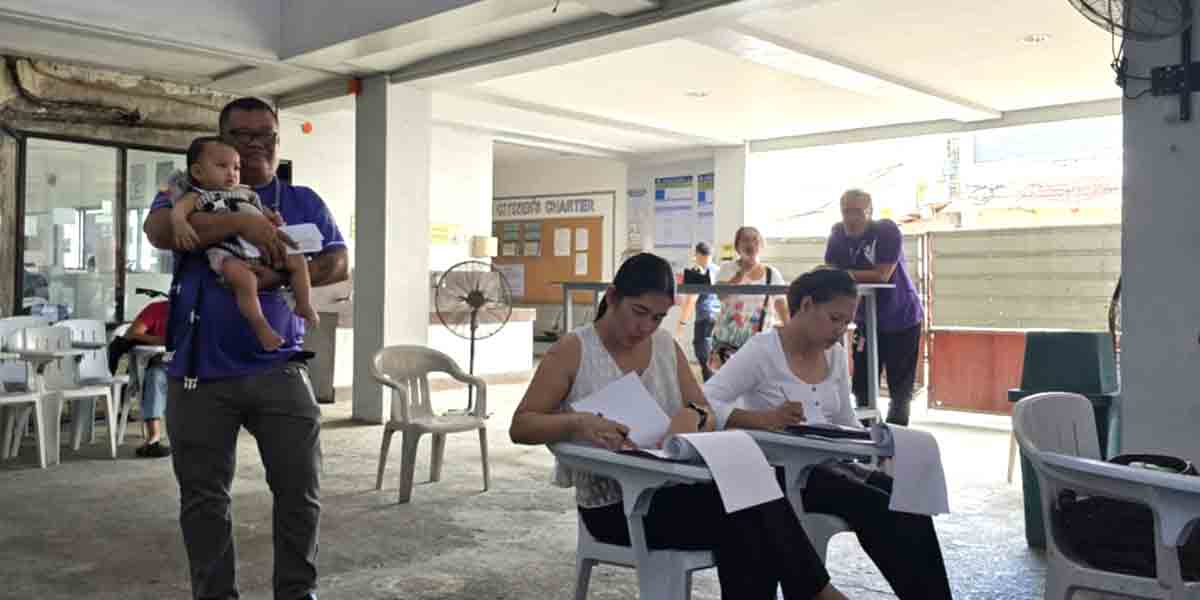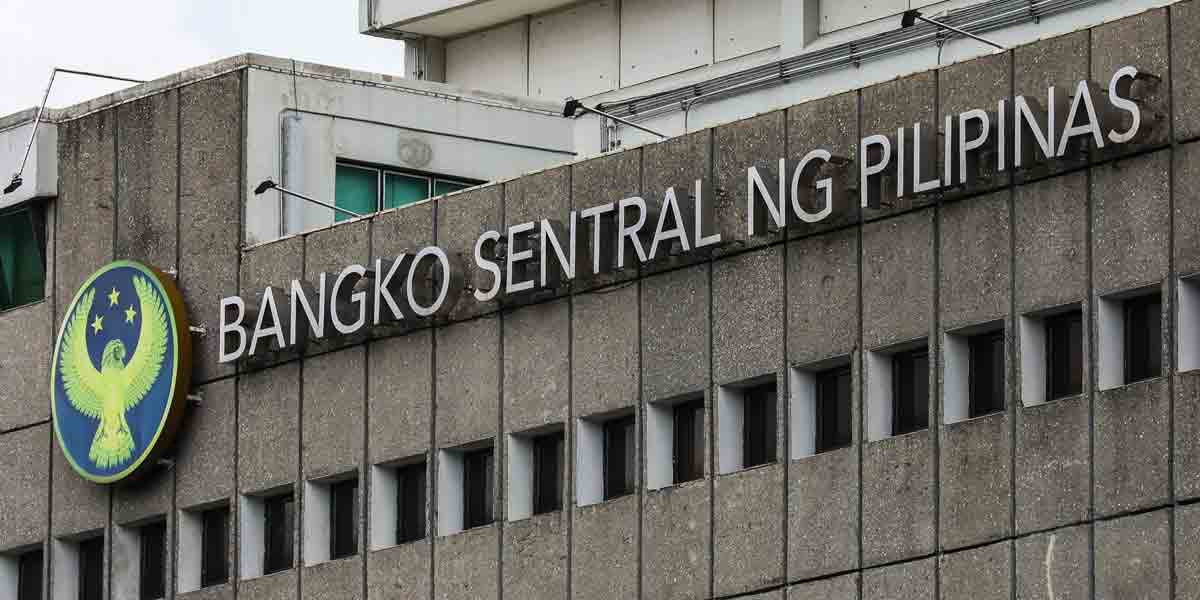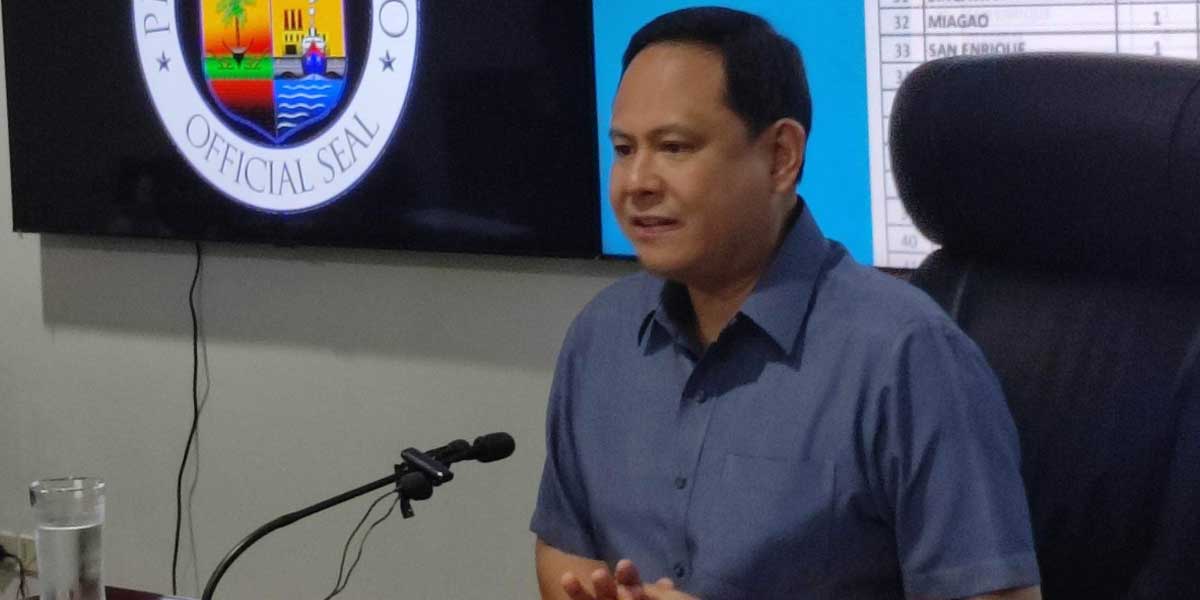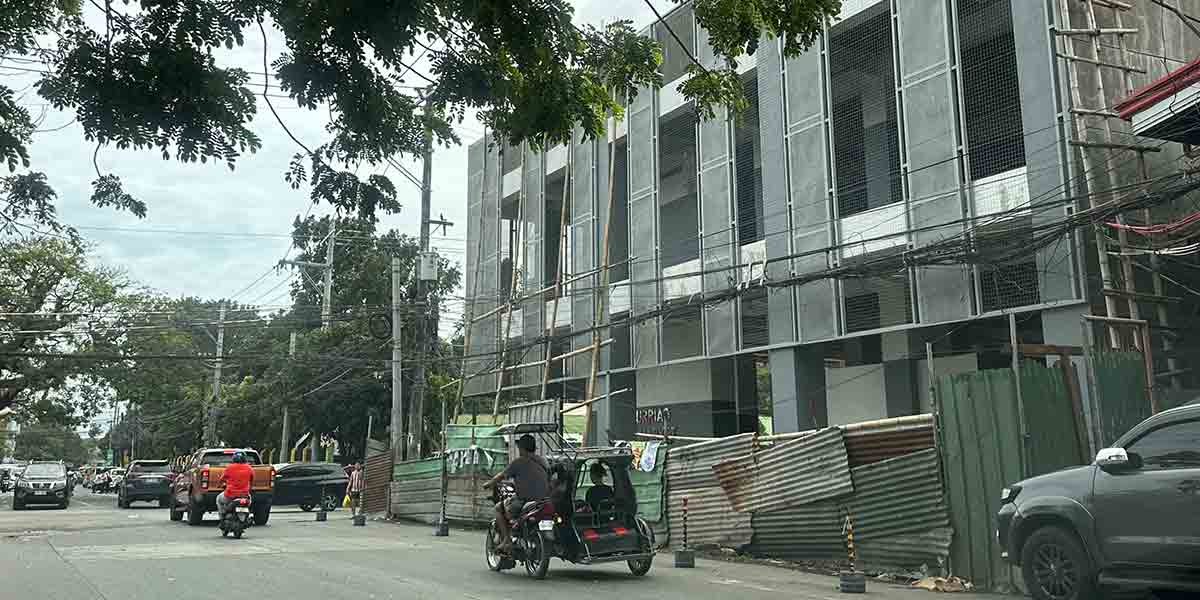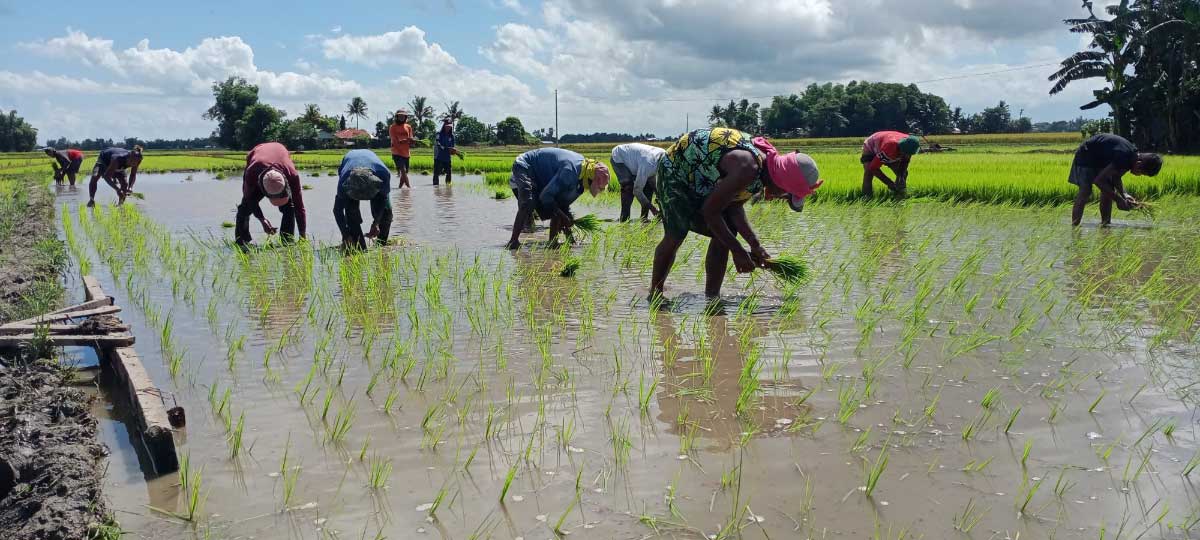
By Rjay Zuriaga Castor
Farmers in Iloilo are starting to feel the brunt of the most severe effects of a stronger El Niño, with eight towns reportedly experiencing a total damage of around P100 million, the Provincial Agriculture Office (PAO) said on Thursday.
“Based on the damage report provided by eight municipalities, our computation indicates that approximately 7,000 hectares of standing crops have been affected, with an estimated value of around P100 million,” PAO head Dr. Ildefonso Toledo said.
Toledo said the damage and losses could escalate in the coming weeks, citing the Philippine Atmospheric, Geophysical, and Astronomical Services Administration’s (Pagasa) warning of possible drought conditions in the province of Iloilo between the months of January to April.
The Pagasa forecast showed that the province will get normal (yellow) to way below normal (red) rainfall, which already leads to possible drought conditions.
Among the 42 towns in the province, Tigbauan, Oton, Tubungan, Anilao, San Enrique, Cabatuan, Barotac Viejo, and Miagao have submitted their reports on drought damage to the provincial government as of February 1.
Data from PAO showed that a total of 3,088 farmers are affected by the El Niño phenomenon in these eight towns, with the highest number of farmers affected in Anilao, reaching 1,176.
Out of the total 2,586 agricultural lands affected across the eight towns, 2,398 hectares are partially damaged, while 188 are totally damaged.
Iloilo Governor Arthur Defensor Jr. said the provincial government is ready to provide agri-fishery insurance to those affected in line with the Philippine Crop Insurance Corporation’s Implementing Rules and Regulations.
The province has earmarked P15 million for the provision of insurance premium subsidy, which is sourced from the 2023 budget.
“Instead of giving cash assistance to the damage, we shifted to insurance. We help them secure insurance, especially for our qualified farmers so that when they are hit, they get the benefits of the government’s insurance policy, which is more substantial,” Defensor explained.
The PAO has outlined various mitigation and rehabilitation initiatives for the agriculture sector which include support for hybrid rice production, inbred rice seed production, irrigation, buffer stock of seeds, adopting smart or bio-fertilizers, supporting cash crops or alternative crops, and implementing measures for pest infestation control.
“We focus on the hybridization program in our irrigated areas so that with our high-yield variety of crops, we can maximize it. In terms of a solution, on top is our hybrid adjustment,” he said.
He added: “We spend less, and they get more benefits when they are hit by the calamity.”
PAO has earmarked a total budget of P86 million in its program for the agri-fishery sector in 2024.
At least P6 million was allotted for hybrid rice production support to 3,000 hectares of agricultural lands and P20 million for irrigation support such as small-scale irrigation projects and water pumps.

